The Livingston’s Cichlid (Nimbochromis livingstonii) is from the inshore areas of the African rift lake, Lake Malawi. They grow to about 10″ (males) and 8″ (females), have a tall laterally compressed body and a large mouth for the overall size of the fish. Livingston’s Cichlid patrol the sandy inshore areas of the lake looking for small fish to prey on. When insufficient quantities of prey fish are available, the Livingston’s Cichlid will resort to an ambush hunting strategy where it will mimic a dead fish by laying on the substrate, only to quickly lunge at the prey and swallows it whole.
Livingston’s Cichlids are not suitable for the average Lake Malawi Cichlid community aquarium. They reach roughly twice the size of many of the more commonly kept Malawi Cichlid species and are ambush predators who feed exclusively on other fish in the wild. They will spend their time in the aquarium hanging motionless around rocky formations or lying “playing dead” on the substrate as they attempt to lure in smaller fish on which to prey. However, hobbyists can easily integrate the Livingston’s Cichlid with suitable larger tank mates and convert them over to commercial meaty foods designed for African Cichlids, after which they make for interesting inhabitants for any non-standard Malawi Cichlid aquarium.
Aquarium Care
Adult Livingston’s Cichlids when housed with other similarly sized African Cichlids will do best in an aquarium of 75 gallons or more. A single specimen or pair can be kept in aquariums as small as 45 gallons. Suitable tank mates include large mbuna, other large rift lake cichlid species and catfish. In nature the Livingstons Cichlid is a loner and thus should be kept as a single specimen in the aquarium or if breeding is to be attempted, as a harem with several females and a single male. Average sized aquariums will not be large enough to provide enough territory for multiple males to coexist.
When housing African Cichlids in community aquariums it is important that they be kept in aquariums of 75 gallons or larger in order to provide enough room to properly recreate their natural environment. Provide plenty of rocky caves and crevices in order to provide the fish with hiding places, along with adequate territory and places to graze for algae growth.
Most African Cichlids are pretty territorial, thus the aquarium should be decorated in such a way to provide them with enough caves and rocky formations to both establish their own territory and still have adequate swimming room. By distributing rock formations and suitable plants like Anubias all over the substrate of the aquarium with open swimming room above, the hobbyist creates distributed territory that allows for more fish to be kept in a single aquarium.
If only one or two areas of the tank have well defined territories in the form of just a few rocks or plants and too much open area at the substrate level, a few dominant males will claim the limited territory and fight with the other tank mates continually.
All forms of standard aquarium filtration including: power filter, canister, sump based and even sponge filters are suitable for providing adequate filtration for keeping African Cichlids. It is recommended that a power head be used to provide additional water flow to increase dissolved oxygen and keep detritus and debris suspended in the water column so that it can be removed by the mechanical filtration. Regular partial water changes will help keep nitrate levels low and overall water quality high, with frequency depending on tank size, stocking levels, amount of feedings and level of filtration being used on the tank.
Feeding & Nutrition
In their native Lake Malawi the Livingston’s Cichlid feeds almost exclusively on small fish. They are known for their ambush tactics, where they will lie on the substrate on their side as if dead and wait for small fish to come in close looking for an easy meal. Once their target fish is within range they will quickly lunge at the prey attempting to swallow it whole. Locals who have observed their ambush tactic have dubbed them the kalingono or sleeper fish.
Despite being a piscivore in their natural habitat, the Livingston’s Cichlid will quickly adjust to being a carnivore in the aquarium environment feeding readily on all manner of commercial meaty foods designed for Cichlids. Juveniles can be fed commercial flake, freeze-dried or small pellet foods and frozen foods. Adult specimens should be offered larger pellet foods or larger frozen food like krill, chopped clams or squid.
Hobbyists can also feed home made foods comprised of chopped fish, prawns, shrimp or other meaty aquatic items, combined with liquid vitamins designed for African Cichlids. It is best not include animal meat of any kind when making home made food for African Cichlids, as their digestive system is not designed to process it and it can lead to digestive problems over time.


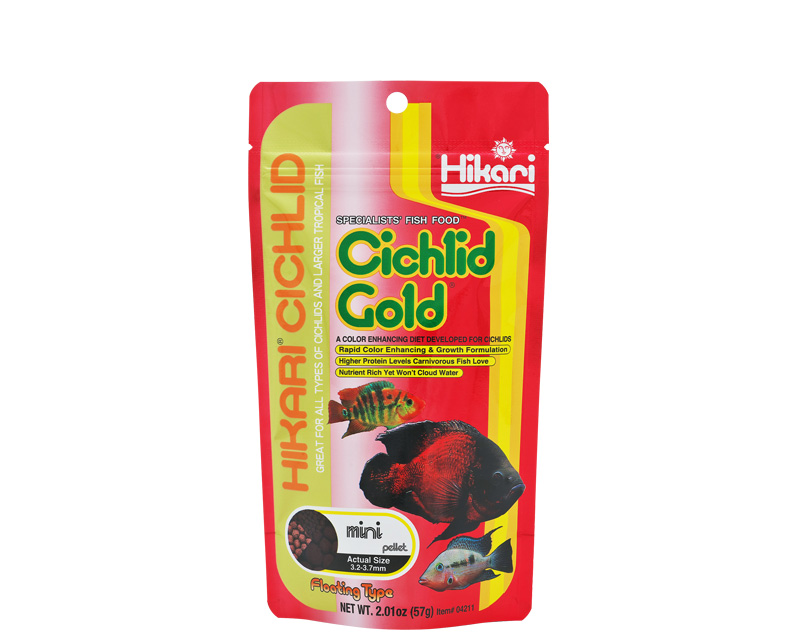
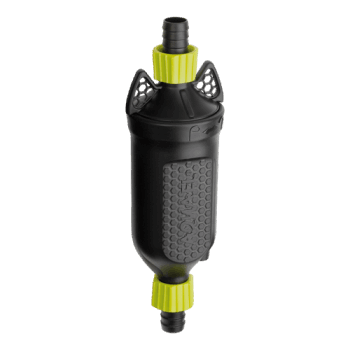
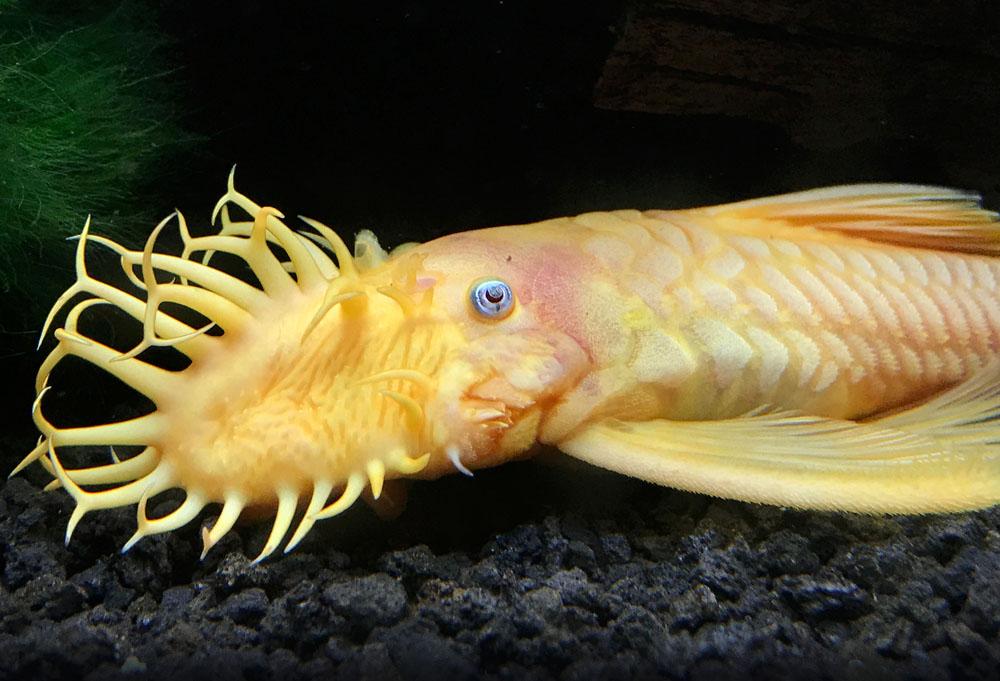

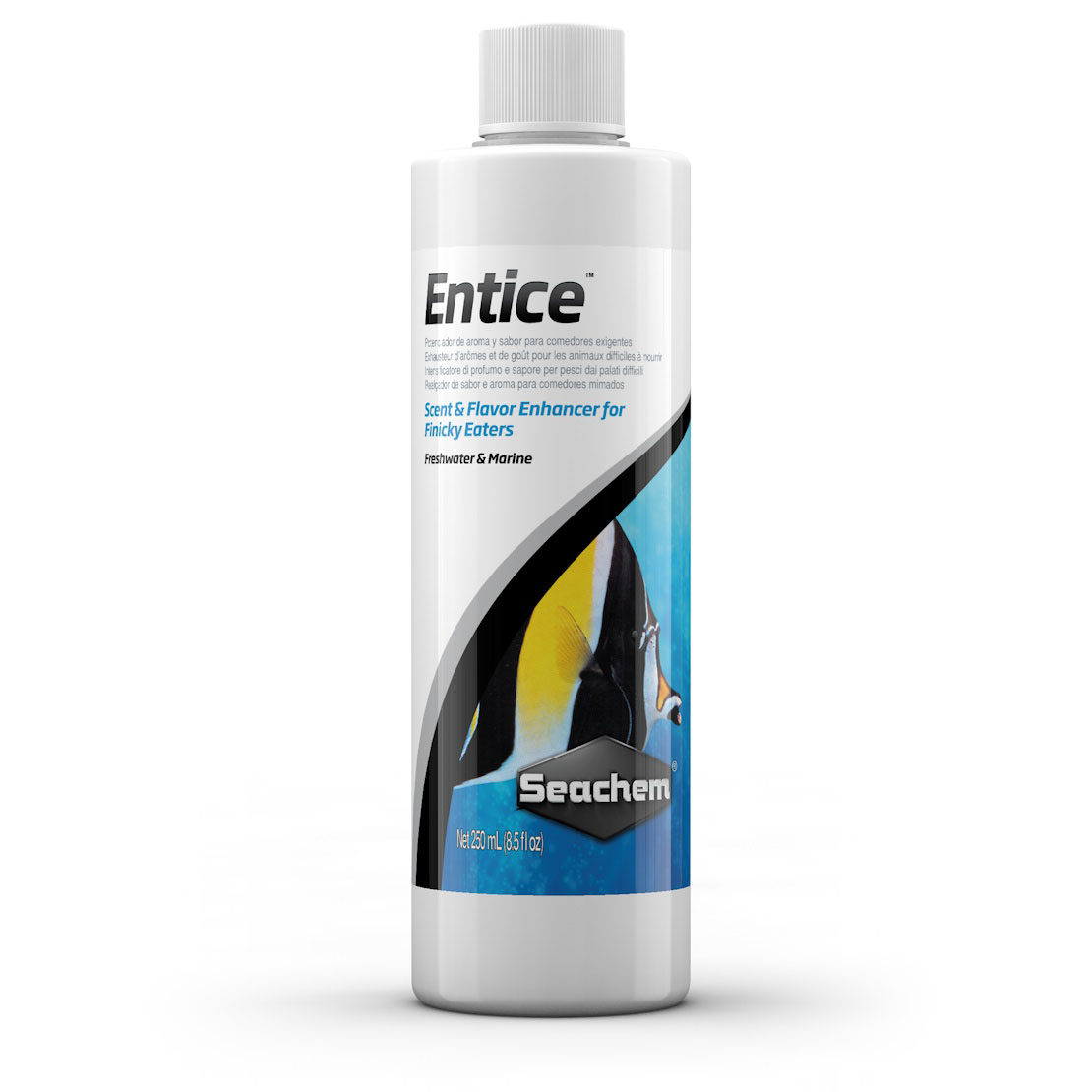
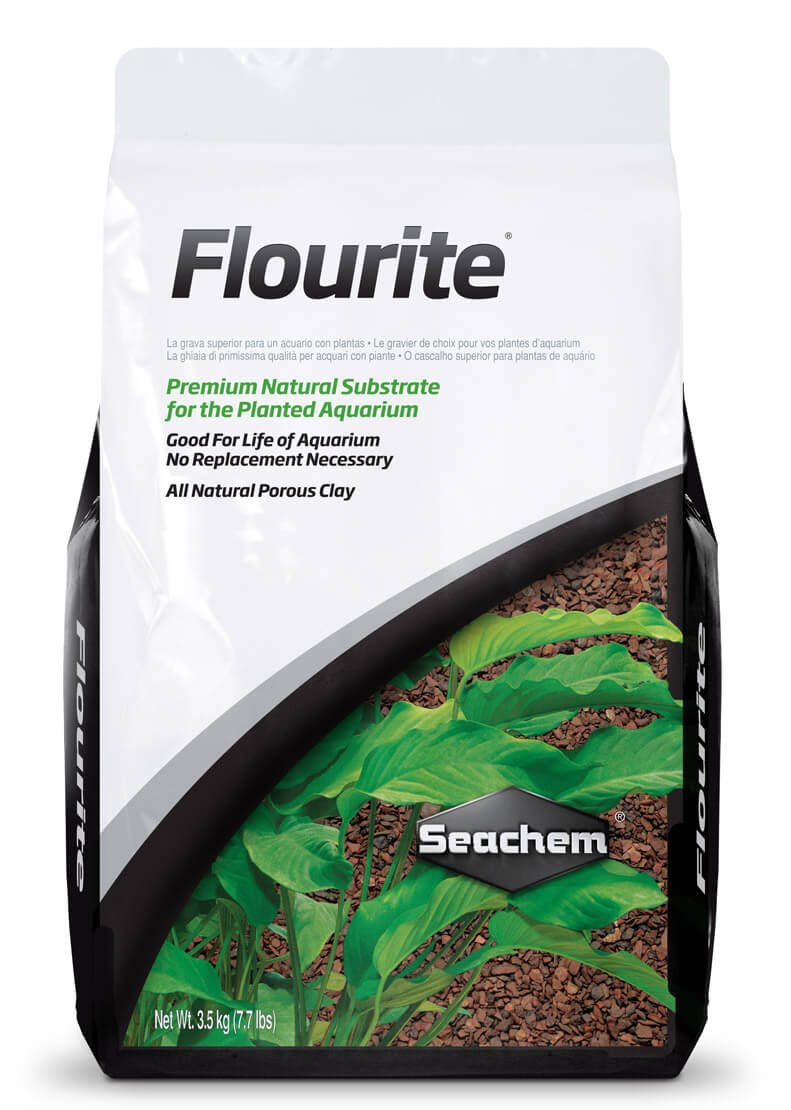
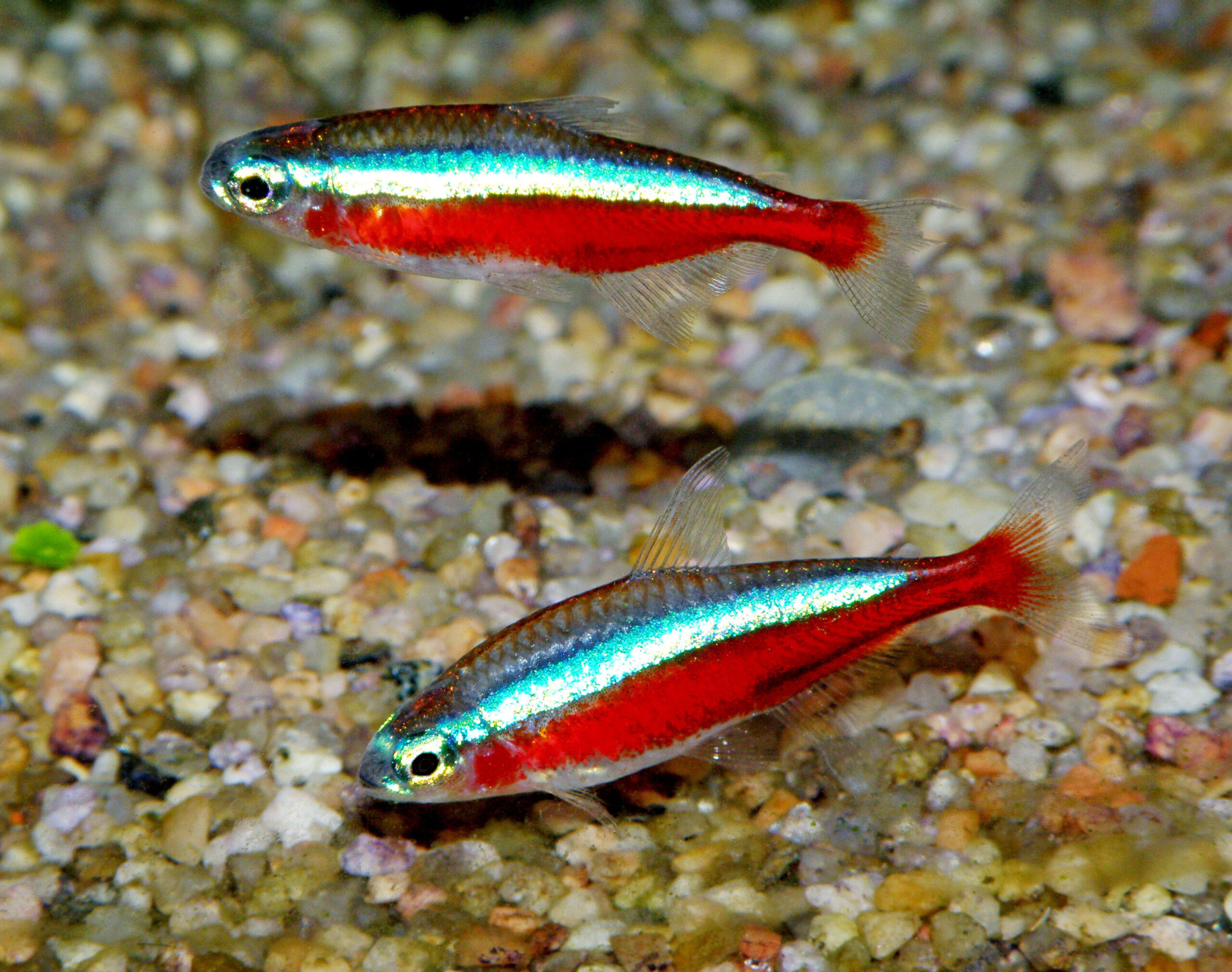
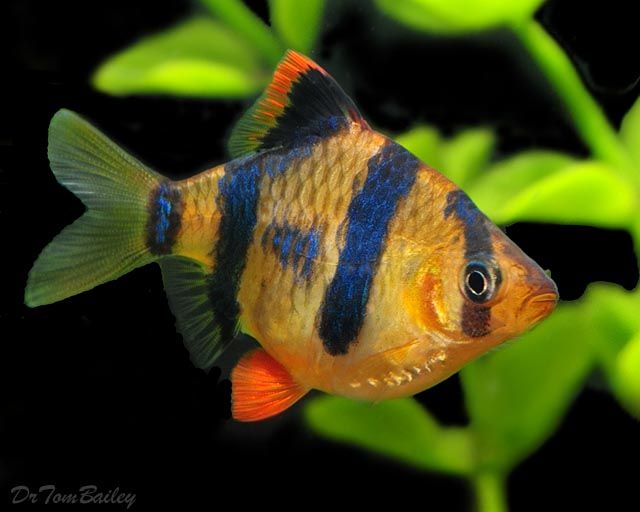
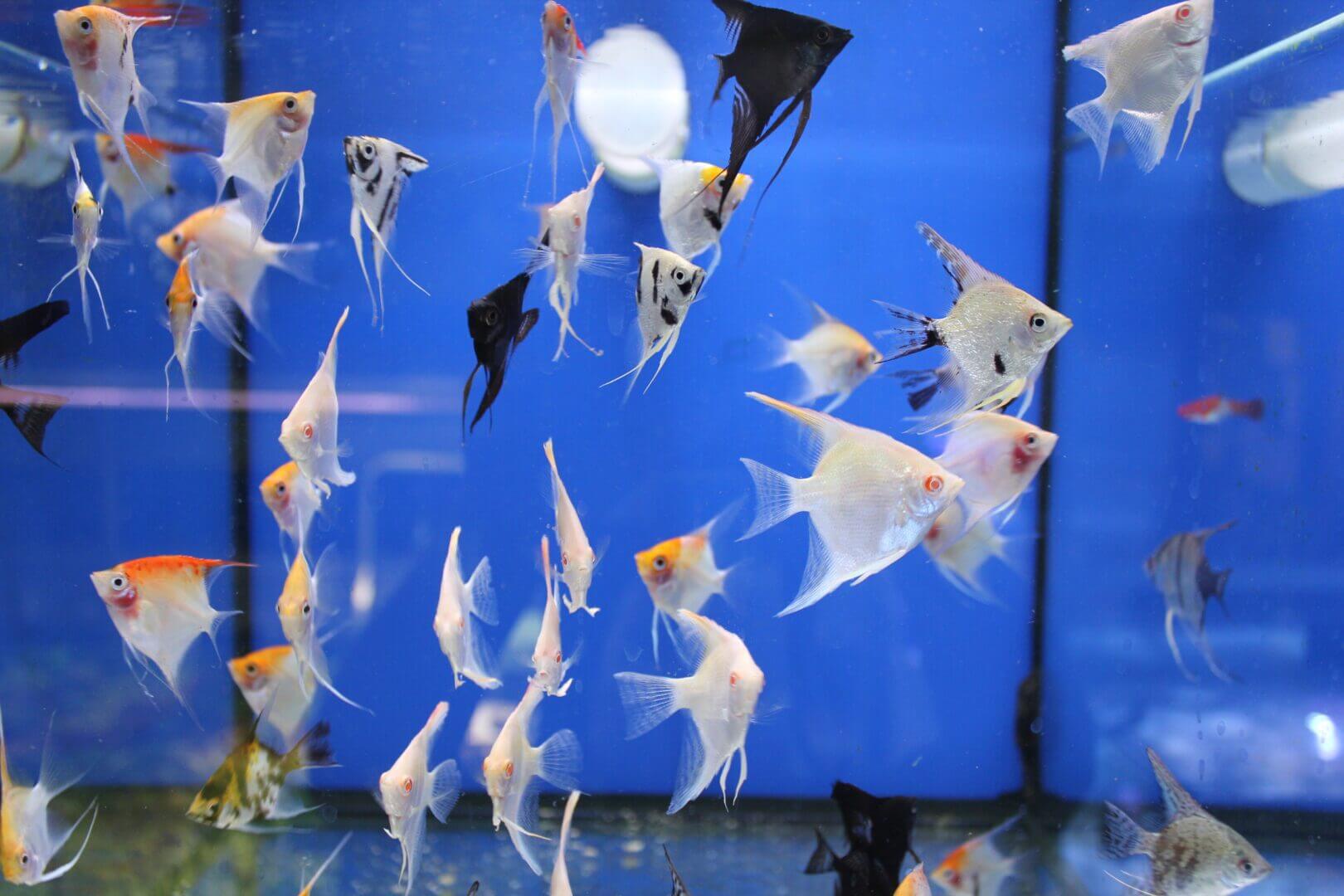

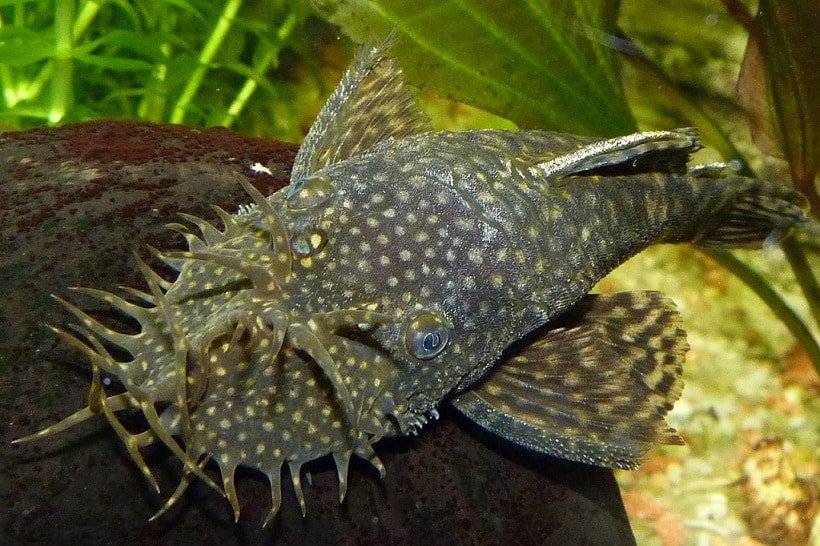
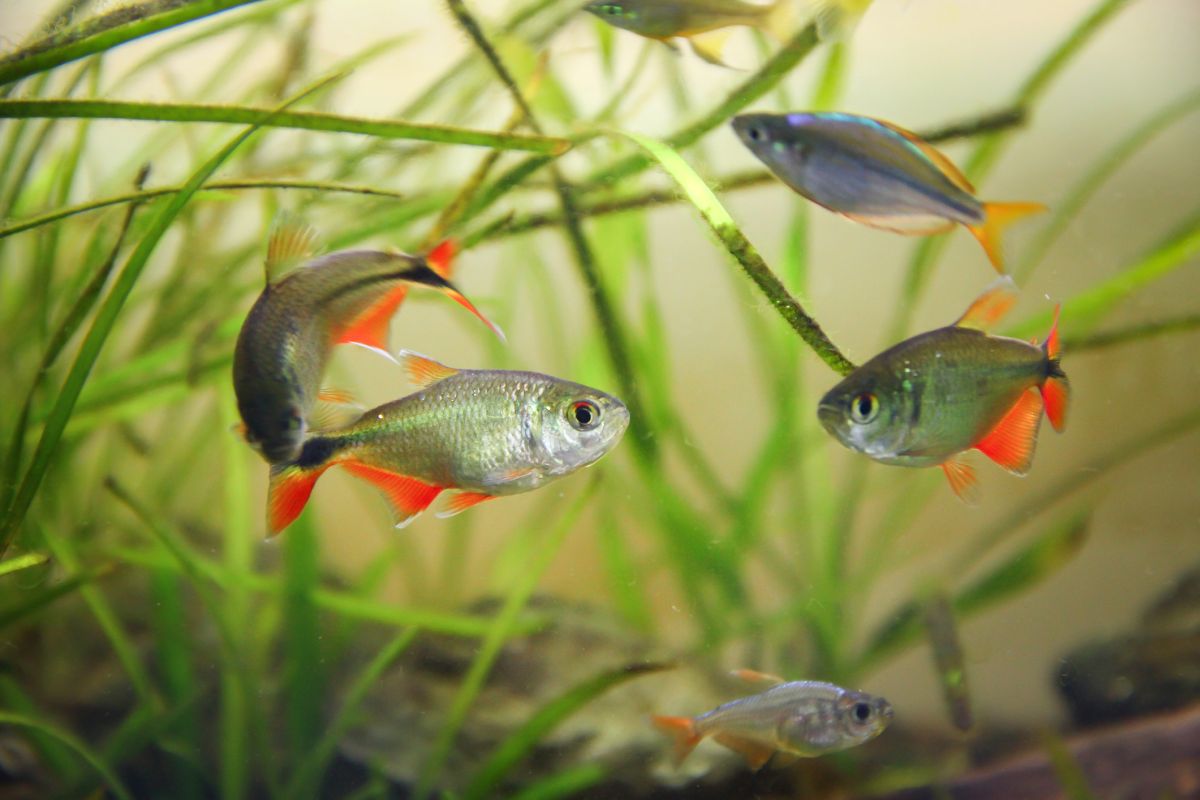
Reviews
There are no reviews yet.